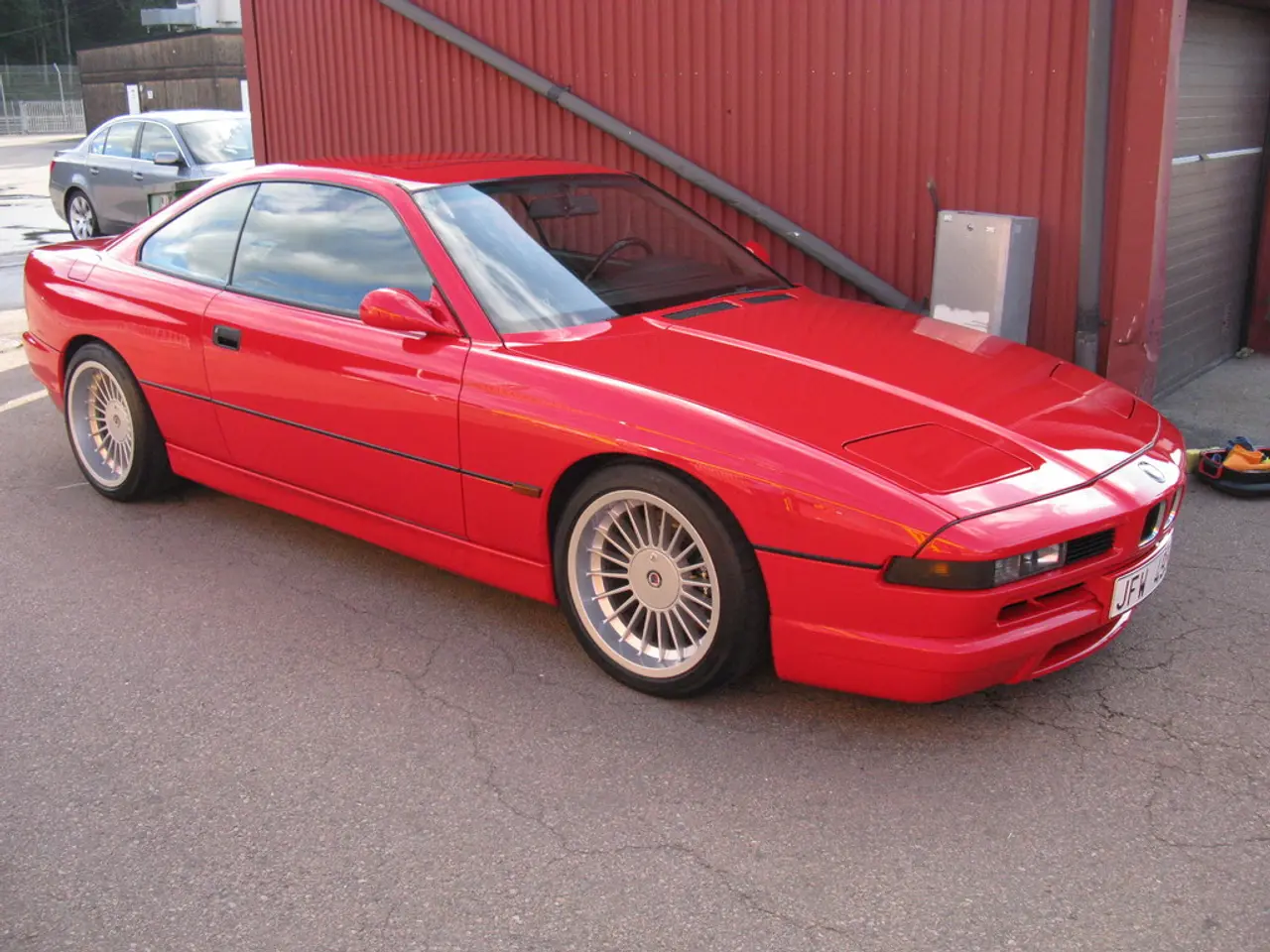Illumination Solutions for Automobiles: An Overview
In today's world, cars are equipped with an intricate lighting system that serves various purposes. This article aims to provide a clear and concise overview of the lighting system in cars, focusing on turn signals, brake lights, and other essential components.
Turn signals, officially known as direction indicators, play a crucial role in indicating a change in direction. They are yellow/orange and can be found at the front, rear, and sides of the vehicle. Turn signals are used to signal a turn, leaving a roundabout, pulling away from the side of the road or a parking spot, changing lanes, and overtaking.
Since 1998, newly registered vehicles in Germany are required to have a third brake light, also known as the center high-mounted stop lamp, in addition to the two regular rear brake lights. This is part of the brake lighting system, ensuring improved safety on the roads.
When a car goes for its MOT, the lighting is checked according to the StVZO regulations. These regulations cover low beam (white/front), high beam (white/front), daytime running lights (white/front, mandatory for new registrations since 2011), rear light (red/rear), brake lights (red/rear, mandatory for new registrations since 1998, three pieces), license plate light (white/rear), reverse lights (white/rear, mandatory for new registrations since 2011), fog lights (red/rear, mandatory for new registrations since 1991), direction indicators/turn signals (yellow/side), and parking lights (white/front, red/rear).
Modern vehicles also feature systems for automating vehicle lighting. These include automatic turn signals, adaptive headlights, automatic dimming, automatic headlight leveling, adaptive headlights, high beam assist, dynamic high beam assist with matrix LED headlights.
Hazard warning lights are used in specific situations, such as securing an accident scene, in case of a breakdown, while the vehicle is being towed, or when approaching a traffic jam. Notably, when the hazard warning lights are activated, all direction indicators flash simultaneously.
Various lamps inside the vehicle serve as interior lighting or to indicate open doors or the tailgate to prevent a collision. Regular manual checks of the light system are recommended, including walking around the vehicle with the ignition on to check low beam, hazard lights, rear lights, and parking lights. High beam and fog lights can only be activated with the parking or low beam lights on. Brake lights can be best checked with a second person or by observing the reflection in a wall. Front lights can be checked by parking in front of a wall and checking the reflection. Reverse lights can be checked by engaging reverse gear and checking the reflection in a wall. Noticeably fast blinking indicates a faulty turn signal.
Lastly, LED bulbs are available for retrofitting many older vehicles to improve the performance of their lights. This upgrade can significantly enhance visibility and safety on the roads.
In conclusion, understanding the lighting system in cars is essential for safe and efficient driving. By being aware of the functions of each light and maintaining regular checks, drivers can ensure their vehicles are in optimal condition.








